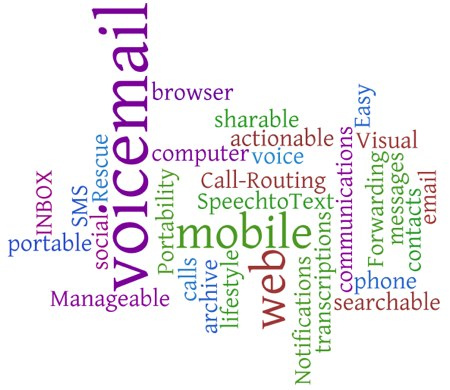 Have you ever found yourself getting your prospect’s voicemail time and time again, no matter when you call? It can be a frustrating moment in the B2B sales process of cold calling. You wait patiently in the hopes that your prospect will call you back, but your experience tells you that they likely never will. If you’ve found yourself in this situation, this blog post is for you.
Have you ever found yourself getting your prospect’s voicemail time and time again, no matter when you call? It can be a frustrating moment in the B2B sales process of cold calling. You wait patiently in the hopes that your prospect will call you back, but your experience tells you that they likely never will. If you’ve found yourself in this situation, this blog post is for you.
Here’s what the VA Partners team and I do to boost our chances of being called back when leaving voicemail messages on B2B sales calls.
1. Send An E-Mail After The Voicemail
Send an e-mail can be a great follow up tactic. Combining e-mails with voicemails means you’ve created two reminders for your prospect to contact you, while offering an array of options to respond through. In the past, when you have left a voicemail you may not have been called back because your prospect simply does not want to speak to a sales employee over the phone. With the use of an e-mail after the voicemail, you have increased your chances of having your message noticed and being contacted back through their preferred medium. For more follow up B2B sales tactics be sure to read our post on the Top Follow-Up B2B Sales Tactics.
2. Highlight The Primary Benefits In Your Message
When leaving a voicemail you should always try and keep the message brief; but brief does not mean lacking value. When you leave a message, be sure to state the most applicable benefits specific to your target. Remember, the benefits you choose to list must be attractive enough to get your prospects attention and earn you their time. If you want to brush up on how to identify and build your most attractive B2B sales points, I recommend reading our thoughts on Selling the Solution, Not the Product.
3. Begin And End The Message With Your Information
While leaving your name and company off the top and at the end is not revolutionary, it’s none-the-less very important. The goal of stating and restating your name and company name is to keep you top of mind and make the call more personal. If you can get your prospect to remember your past communications or recognize you on future communications, they’re more likely to take the time to respond to you.
4. Say Your Call Back Number S.L.O.W.L.Y.
If I had to wager, I’d bet we have all had at least one voice message in our life where the caller took the time to leave their message but rushed through or mumbled when they left their number. It’s an easy mistake to make. If you want to increase your odds of getting a call back, slow down and enunciate. If your customer can’t remember or hear your number correctly on the first listen, you might not be lucky enough to get your message replayed for it to be said again.
5. Follow Up Voicemail Messages
An intro e-mail can be a powerful sales tool, but if it has failed to yield a response, you may reach a point where you have to call and leave a message. However, your initial e-mail was not in vain. It can be helpful to reference your e-mail attempt when leaving a voicemail to demonstrate that you have tried to reach out to them already, potentially prompting your prospect to go back and look for your original message. If you need help building an intro e-mail be sure to read our blog post on An Intro Email Can Be a Powerful Tool for Startups and B2B Sales.
These tips will help you make your voicemail messages stronger and increase your chances of getting a response to your B2B sales calls. If you enjoyed this blog and want to be a better cold caller, be sure to download our free white papers.
